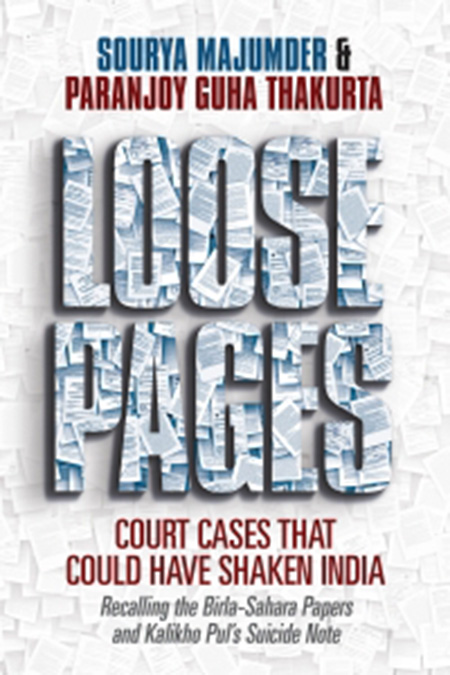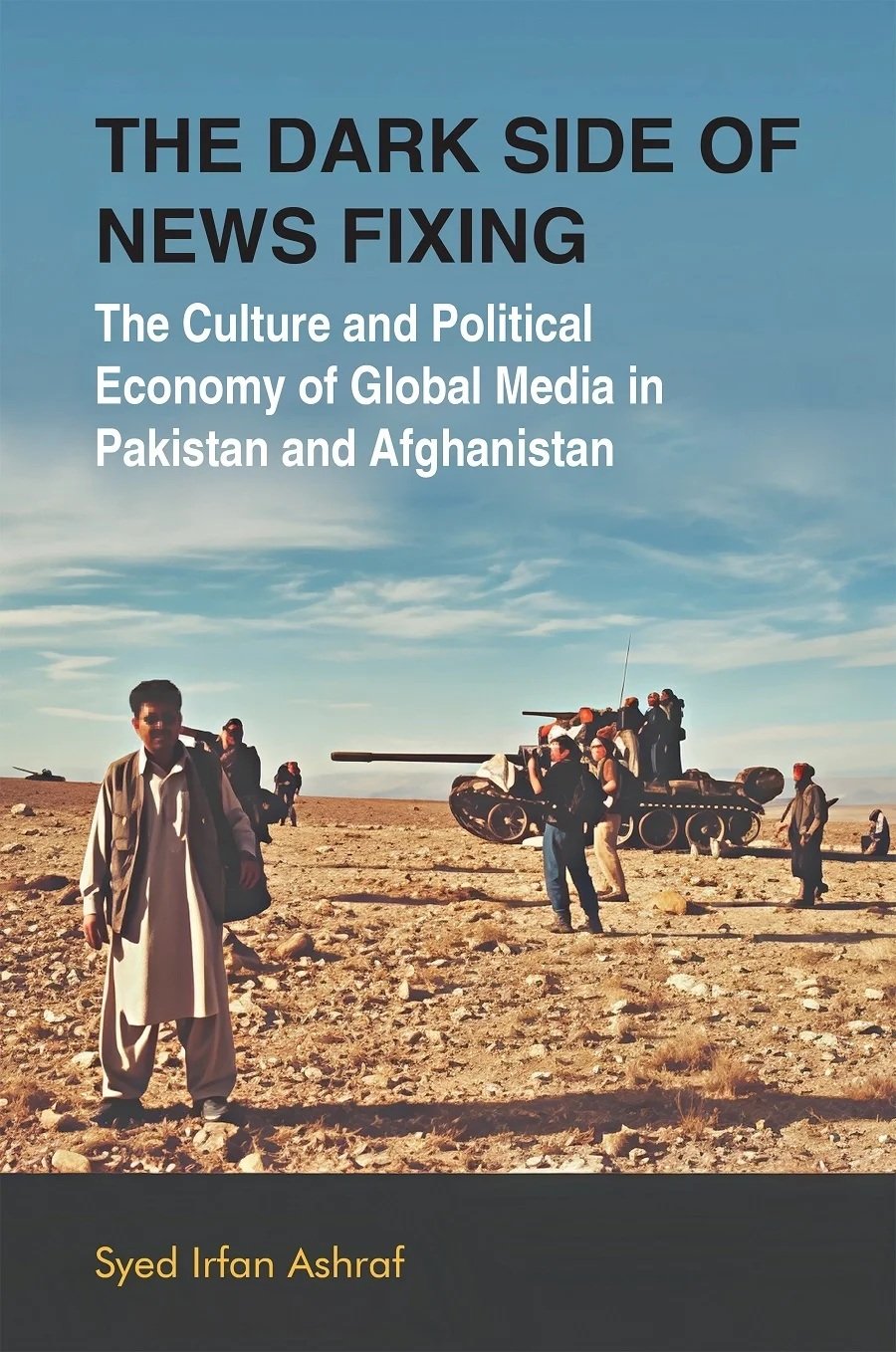When in the June 6 issue of Outlook weekly, senior leader of the Bharatiya Janata Party and leader of the Opposition in the Lok Sabha, Sushma Swaraj, sought to distance herself from the infamous Gali Reddy brothers of Bellary in Karnataka and claimed that their rise was on account of support given to them by former Chief Minister B.S. Yeddyurappa and Arun Jaitley, her counterpart in the Rajya Sabha, it was clear that the ground was slowly slipping under the feet of the notorious siblings and their associates who have spearheaded illegal mining of iron ore in the district and in the neighbouring state of Andhra Pradesh.
The manner in which iron ore has been excavated from this area over the past decade or so, constitute one of the biggest scandals in independent India. The promoters of privately owned mining companies in Bellary and in the adjoining Ananthapur district in Andhra Pradesh, who used to fund the activities of political leaders in the past, became important politicians themselves. They got elected as members of the legislative assembly and served as ministers. During the making of a documentary film ‘Blood and Iron’ produced and directed by this writer, one noticed the scale of devastation caused by iron ore mining. The ecology of this region has been ravaged and the livelihoods of hundreds of thousands of families ruined. In sharp contrast to the way in which the majority live, a privileged few have gained immensely.
On July 27, a few days before he retired, Justice N. Santosh Hegde, the then Lokayukta of Karnataka, presented his final report on illegal mining in Bellary which raised a political storm, not just in the state but in the entire country. The detailed document indicted the mastermind among the brothers, Gali Janardhana Reddy, refuted his contention that he was not involved in illegal mining in the state and alleged that he had laundered money through international tax havens. More importantly, Justice Hegde’s report sharply indicted the then Chief Minister Yeddyurappa and claimed that his family members had directly benefited from funds provided by iron ore miners.
Kicking and screaming, Yeddyurappa reluctantly resigned from his position on July 31. On August 4, his successor, D.V. Sadananda Gowda was sworn in as the 26th Chief Minister of Karnataka. When the new Cabinet was constituted, there were three important omissions: Gali Janardhana Reddy was dropped from the post of Minister for Tourism, Youth Affairs and Infrastructure Development; his brother Gali Karunakara Reddy was also dropped from the position of Revenue Minister while the “fourth” brother who belongs to the backward Valimiki community and is a close associate, B. Sreeramulu, no longer remained Health Minister. (The least controversial of the three brothers, Gali Somasekhara Reddy, however, continued as President of the Karnataka Milk Federation.)
There is a striking similarity between former Chief Minister Yeddyurappa and the Gali Reddy brothers in that all of them came from a humble background and then became fabulously rich. The father of the three Gali Reddy brothers served as a police constable in Cowl Bazar in Bellary. The brothers had started a chit fund business which went under. As for Yeddyurappa, in 1965, he was appointed as a first-division clerk in the state government’s social welfare department but instead chose to work as a clerk in a rice mill whose owner’s daughter he married. He then set up a hardware store in Shimoga district.
Whereas Justice Hegde’s successor, Justice Shivraj Patil, the current Lokayukta of Karnataka, has registered a first information report against Yeddyurappa, at the time of writing this article (on August 17) no criminal proceedings had commenced against the Gali Reddy brothers. In certain respects, this scandal is even more brazen than the second-generation (2G) telecommunications spectrum scandal. A non-renewable resource belonging to the people of the country has gone forever. Much of the iron ore has been exported to China where it has been converted into finished steel products, rods and bars that are part of buildings and stadia in Beijing, Shanghai and elsewhere.
Justice Hegde’s report has quantified the loss on account of illegal exports of iron ore from Karnataka between April 2006 and December 2010 and arrived at the figure of Rs 12,228 crore. However, the actual losses are much higher especially if one considers the way in which the environment has been ruined. What Justice Hegde’s final report has also meticulously documented is how the Gali Reddy brothers have used their pelf and power to run the administration and subvert the rule of law. Honest officers have been transferred and any person who has dared to criticize them has been sought to be ruthlessly suppressed. Despite charges of physical violence and a number of non-bailable criminal cases pending against them, the Gali Reddy brothers and their associates have operated with impunity. Among those who dared to defy their writ and were consequently brutalized were a former employee turned whistle-blower V. Anjaneya and rival mine-owner Tapal Ganesh.
What is often not highlighted is the fact that the Gali Reddy brothers not only bankrolled the BJP, they have been rather close to the important Congress leaders, notably Y. S. Jaganmohan (‘Jagan’) Reddy, Member of Parliament from the Kadapa Lok Sabha constituency in Andhra Pradesh, the richest MP according to his declared assets and son of the late Y. S. Rajasekhara Reddy, former Chief Minister of Andhra Pradesh. Associates of Jagan Reddy and Janardhana Reddy also have business links. (Incidentally, Justice Hegde’s report has also implicated mine-owner Anil Lad who is a Congress MP from the Rajya Sabha.)
The Gali Reddy brothers have also been accused of influencing the judiciary. In December 2009, a letter sent by the non-government organization, the Campaign for Judicial Accountability and Reform (CJAR), to representatives of major political parties seeking their support in impeaching controversial Justice P. D. Dinakaran, former Chief Justice of the High Court of Karnataka, CJAR convenor and advocate Prashant Bhushan claimed that the judge “has played a major role in helping the mining mafia of the Reddy brothers to continue with rampant illegal mining”.
Bellary contributes roughly a fifth of the entire iron ore that is extracted in India. India emerged as a large exporter of iron ore after the government opened the mining sector to private investment in 1993. The government subsequently allowed 100 per cent foreign direct investment in mining of iron ore. At present, India is the third largest exporter of iron ore in the world, of which, one-fifth comes from the mines of Bellary. The district of Bellary accounts for around 80 per cent of the total iron ore reserves in Karnataka. According to official records, the district has 99 iron ore mines, of which 58 are functioning. However, the ground reality is quite different – there have been as many as 12,000 cases of alleged illegal mining since 2000. According to the Union Ministry of Mines in New Delhi, of the 95 iron ore mines in the Bellary-Hospet area, the Indian Bureau of Mines (IBM) inspected 93 mines (there are legal disputes relating to two mines) and found that there were violations of rules in as many as 89 mines.
According to the Lokayukta, had proper norms and procedures related to iron ore mining been followed and the guidelines laid down by the IBM been adhered to in letter and spirit, iron ore reserves in the region would have lasted between 25 years and 30 years. However, since private mine-owners have violated all norms while extracting iron ore with the help of modern excavation equipment, geologists have claimed that in 2010, the entire iron ore reserves of the Bellary-Ananthapur region would get exhausted over the coming five to eight years.
In June 2009, the Gali Reddy brothers spent over Rs 40 crore on gifting a diamond-studded crown in the temple at Tirupathi. Members of the BJP are supposed to believe in Hindu nationalism. Yet, it has been contended that individuals close to BJP minister Janardhana Reddy were responsible for the destruction of the 200-year-old Sugalamma Devi temple located in the mining lease area of OMC – while mines were being exploded. In September 2006, a case against the Reddy brothers was dropped despite objections from the police and the law department in the state. Soon after the BJP government was sought to be de-stabilized by the Reddy brothers, in December 2009, the cabinet in the Yeddyurappa government decided to drop this specific criminal case against the Reddy brothers. Among the arguments made in support of the case being dropped, one was that the temple was not located on the Karnataka side of the border with Andhra Pradesh.
How did the Reddy brothers from Bellary, the sons of a police constable, become so wealthy and politically powerful? How did they successfully subvert the system of administration or governance and even the judiciary? Is the power of money so pervasive? How did the loot from Bellary and Ananthapur covertly fund two of the largest political parties in India? How long will the Gali Reddy brothers be able to brazen it out protesting their innocence? Will the allegations against them be proved in a court of law? Will they be punished for their alleged misdemeanours?
Only time can provide detailed answers to these questions. But even as the infamous Reddy brothers remain free, the truth about their activities is slowly but surely coming out.


